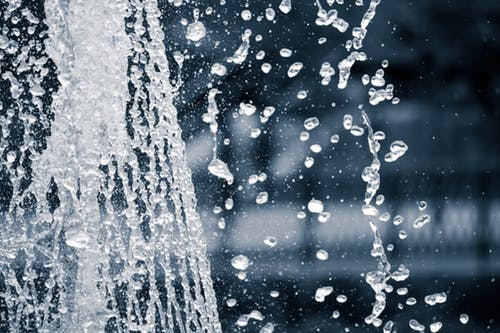
Concrete is an excellent material for water tanks because it allows for customized tank sizes and keeps water cool throughout the year. In contrast, metal and plastic tanks can overheat in the summer sun. However, it is crucial to remember that concrete water tanks such as cisterns and wells are porous, whereas metal and plastic are not. As a result, concrete can act as a breeding ground for algae, E. coli, and other bacteria, necessitating periodic cleaning and disinfection.
Steps On Cleaning Your Concrete Water Tank
The six stages outlined below will guide you through the process of cleaning a concrete water tank.
Cut the water supply off and drain it.
External water supply valves should be shut off. You’re all set if it’s a rainwater collection system. Now that the water tank has been drained, it must be cleaned. While the quantity of water appears to be limitless, shortages are becoming increasingly severe and frequent which make companies like BrightWaterServices.ca handy. Even if the water is not safe to drink, it is permitted to irrigate the grass, wash automobiles, and perform other gray-water-safe activities.
If it is not possible to conserve water, it should be drained away from structures to avoid oversaturating the earth and flooding basements or other locations.
Decontaminate the catchment area.
Clean the exterior of the system’s catchment cistern or tank first. Using a 5-gallon bucket of soapy water and 12 cups of bleach, scrub the tank outside. Effective rinsing
Get inside.
Allow access to the tank hatch to be opened. Certain equipment is required. If cleaning the tank requires entering, authorities recommend obtaining restricted space certification due to the possibility of trapped gasses or depleted oxygen levels. If you must enter the tank, always have a friend on hand to assist you in the event of an emergency. Locate and clean sediments using a flashlight.
Disinfecting.
Half-fill a 10-gallon bucket with water and add 1 cup of unscented household liquid bleach with a concentration of between 5% and 8.25 percent. With a stiff brush, scrub the tank’s interior thoroughly. Thoroughly rinse under running water.
Cleaning the tank.
Even if you are disinfecting with bleach and water once more, scrape the surface to remove any sediment or biofilms before disinfecting. The CDC suggests that you refill your tank with potable water after cleaning it. They propose three cups of household liquid bleach with a concentration of 5% to 8% per 100 gallons of water for disinfection. Therefore, 15 cups of bleach are required to clean a 500-gallon tank. Allow 12 hours to settle the water-bleach solution.
From draining to drinking.
Drain the tank completely after soaking for at least 12 hours. Because bleach is corrosive to grass and plants, it should be disposed of properly in storm drains. Then run your faucets until the bleach odor has subsided. Other health boards, on the other hand, propose repeatedly refilling and draining concrete tanks to remove the bleach, as concrete is porous and can retain it.
When cistern filling, use one tablespoon of bleach for every 100 gallons to prevent microbial growth.
Conclusion
Cleaning the concrete water tank annually, if not twice a year, is recommended by experts. It is also prudent to conduct water testing. Make no assumption that water that “appearances” to be clean is actually clean if it tastes foul or causes stomach discomfort. By evaluating your water sample, water testing laboratories can identify microbiological concerns in three days or less. If it is not safe, drain it and reuse the greywater until it is.









